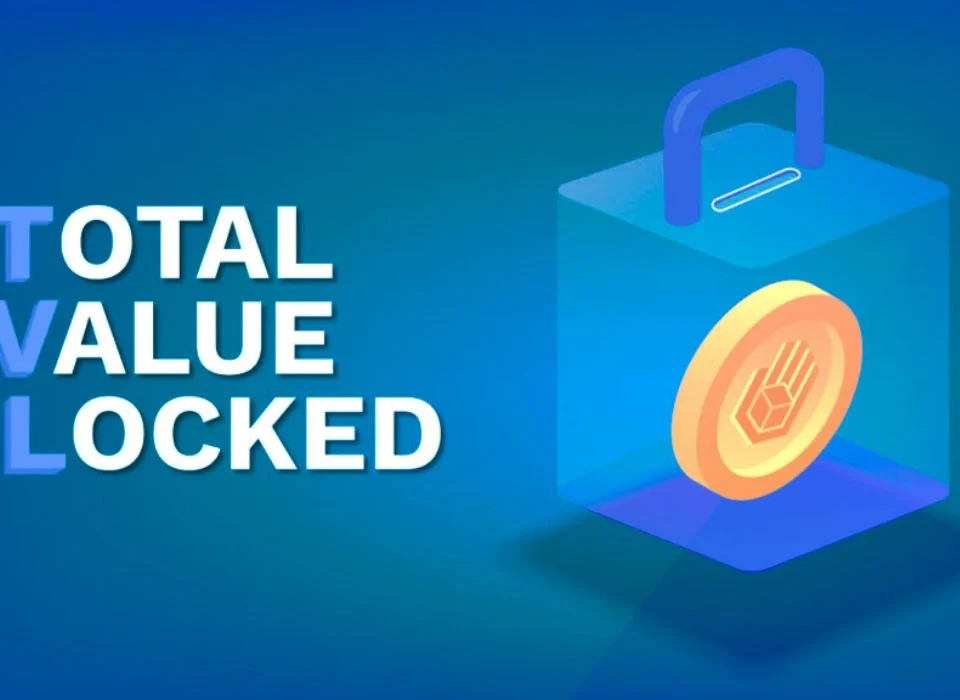
Introduction to Cryptocurrency: What You Need to Know
15/05/2024
Ethereum is The World’s Programmable Blockchain
15/05/2024Understanding Bitcoin: Origins, Usage, and Future Prospects
Bitcoin, the first and most well-known cryptocurrency, has revolutionized the financial world since its inception in 2009. Created as a decentralized digital currency, Bitcoin has grown from a niche experiment to a global phenomenon, influencing how people think about money, transactions, and financial systems.
In this article, we will explore the Bitcoin, its current usage, and the potential future prospects for this groundbreaking technology.

The Origins of Bitcoin
The Birth of Bitcoin
Bitcoin was introduced in 2008 by an anonymous individual or group known as Satoshi Nakamoto through a whitepaper titled “Bitcoin: A Peer-to-Peer Electronic Cash System.”
The whitepaper outlined a new form of digital currency that operates without the need for a central authority, relying instead on a decentralized network of nodes (computers) to validate and record transactions on a public ledger known as the blockchain.
The Genesis Block
On January 3, 2009, Satoshi Nakamoto mined the first block of the Bitcoin blockchain, known as the “Genesis Block.”
This block contained a hidden message, a reference to a newspaper headline from that day: “The Times 03/Jan/2009 Chancellor on brink of second bailout for banks.”
This message is widely interpreted as a critique of the traditional financial system and a statement of Bitcoin’s purpose as an alternative to centralized banking.
Early Adoption and Growth
In the early years, Bitcoin was primarily used by a small community of cryptography enthusiasts and early adopters.
The first real-world transaction using Bitcoin occurred on May 22, 2010, when a programmer named Laszlo Hanyecz paid 10,000 BTC for two pizzas. This day is now celebrated annually as “Bitcoin Pizza Day.” Over time, Bitcoin began to gain traction as more people recognized its potential as a decentralized currency.
How Bitcoin Works
The Blockchain
At the heart of Bitcoin’s operation is the blockchain, a decentralized public ledger that records all transactions on the network.
The blockchain is maintained by a network of nodes that validate and record transactions in blocks, which are then linked together to form a chain.
This process ensures that the transaction history is transparent, secure, and immutable.
Mining and Proof of Work
Bitcoin transactions are validated through a process called mining, which involves solving complex mathematical puzzles to create new blocks.
Miners compete to solve these puzzles, and the first one to do so is rewarded with newly created Bitcoin and transaction fees.
This process is known as Proof of Work (PoW) and is designed to secure the network and prevent double-spending.
Bitcoin Supply and Halving
Bitcoin’s supply is limited to 21 million coins, a feature embedded in its protocol to create scarcity and prevent inflation. Approximately every four years, the reward for mining a new block is halved, a process known as “halving.” This reduction in the rate of new Bitcoin issuance has implications for its value and market dynamics.
Wallets and Private Keys
To use Bitcoin, individuals need a digital wallet, which stores their private and public keys.
The public key, or Bitcoin address, is used to receive Bitcoin, while the private key is used to sign transactions and access the funds. Security of the private key is paramount, as losing it means losing access to the Bitcoin stored in the wallet.
Current Usage of Bitcoin
Store of Value
Bitcoin is often referred to as “digital gold” due to its limited supply and its use as a store of value. Many investors view Bitcoin as a hedge against inflation and economic uncertainty, similar to how gold has been used for centuries.
The scarcity of Bitcoin, combined with its decentralized nature, makes it an attractive asset for those looking to preserve wealth over the long term.
Medium of Exchange
While Bitcoin was initially designed as a peer-to-peer electronic cash system, its use as a medium of exchange has been limited by its price volatility and scalability issues.
However, there are still many businesses and individuals who accept Bitcoin as payment, particularly in online markets and for cross-border transactions.
Investment and Speculation
Bitcoin has become a popular investment asset, attracting both retail and institutional investors. Its price has seen significant appreciation over the years, leading to its inclusion in portfolios as a high-risk, high-reward asset.
The advent of Bitcoin futures, exchange-traded funds (ETFs), and other financial instruments has further solidified its position in the global financial markets.
Decentralized Finance (DeFi) and Smart Contracts
While Bitcoin itself is not a platform for decentralized applications or smart contracts, it has inspired the development of decentralized finance (DeFi) platforms and other cryptocurrencies like Ethereum that enable such functionalities.
Additionally, technologies like the Lightning Network aim to enhance Bitcoin’s capabilities, allowing for faster and cheaper transactions, which could expand its use in DeFi.
Remittances and Cross-Border Payments
Bitcoin is increasingly being used for remittances and cross-border payments, offering a faster and cheaper alternative to traditional banking systems. In regions with unstable currencies or limited access to financial services, Bitcoin provides a way for people to store value and transfer money internationally with minimal fees.
The Future Prospects of Bitcoin
Increased Institutional Adoption
In recent years, there has been a significant increase in institutional adoption of Bitcoin. Companies like Tesla, Square, and MicroStrategy have added Bitcoin to their balance sheets, while major financial institutions like Fidelity and PayPal have begun offering Bitcoin services to their clients. This trend is likely to continue, as more institutions recognize the value of Bitcoin as an investment and a hedge against inflation.
Regulation and Legalization
As Bitcoin’s popularity grows, so does the interest of regulators worldwide. The regulatory environment for Bitcoin is still evolving, with different countries taking varying approaches. Some nations have embraced Bitcoin, while others have imposed strict regulations or outright bans. The future of Bitcoin will depend, in part, on how governments choose to regulate its use and the impact of these regulations on adoption and innovation.
Technological Advancements
Technological advancements are expected to play a crucial role in Bitcoin’s future. The development of the Lightning Network and other Layer 2 solutions aims to address Bitcoin’s scalability issues, enabling faster and cheaper transactions. Additionally, improvements in privacy protocols, such as Taproot, are expected to enhance Bitcoin’s fungibility and security.
Environmental Concerns and Sustainable Mining
Bitcoin’s energy consumption has been a topic of debate, with critics pointing out the environmental impact of its mining process. In response, there is growing interest in sustainable mining practices, such as using renewable energy sources to power mining operations. The shift towards more eco-friendly mining could help mitigate environmental concerns and improve Bitcoin’s public perception.
Bitcoin as a Global Reserve Asset
Some proponents believe that Bitcoin has the potential to become a global reserve asset, similar to gold. As central banks and governments continue to print money and devalue fiat currencies, Bitcoin’s fixed supply and decentralized nature make it an attractive alternative for preserving wealth. While this vision is still far from being realized, the increasing adoption of Bitcoin by institutional investors and its growing acceptance as a store of value suggest that it could play a more significant role in the global financial system in the future.
Integration with Traditional Finance
As Bitcoin becomes more mainstream, there is a growing integration between traditional finance and the cryptocurrency world. Financial institutions are increasingly offering Bitcoin-related products and services, such as Bitcoin-backed loans, interest-bearing accounts, and Bitcoin-based investment funds. This integration is expected to continue, further legitimizing Bitcoin as a financial asset and expanding its use cases.
Conclusion
Bitcoin has come a long way since its inception, evolving from a niche digital currency to a global financial asset. Its origins as a decentralized alternative to traditional banking have laid the foundation for its current use as a store of value, investment asset, and medium of exchange. While Bitcoin faces challenges, such as regulatory uncertainty and environmental concerns, its future prospects remain promising, driven by increased institutional adoption, technological advancements, and its potential role as a global reserve asset.
As the world continues to navigate the digital revolution, Bitcoin is likely to remain at the forefront, shaping the future of finance and challenging the status quo. Whether as a tool for financial inclusion, a hedge against economic instability, or a new form of digital gold, Bitcoin’s impact on the global economy is undeniable.




2 Comments
[…] similar products in the U.S., trailing behind BlackRock Inc.’s leading $19 billion iShares Bitcoin Trust […]
[…] levels of security, transparency, and efficiency. While often associated with cryptocurrencies like Bitcoin, blockchain’s applications extend far beyond digital currencies. This comprehensive guide […]